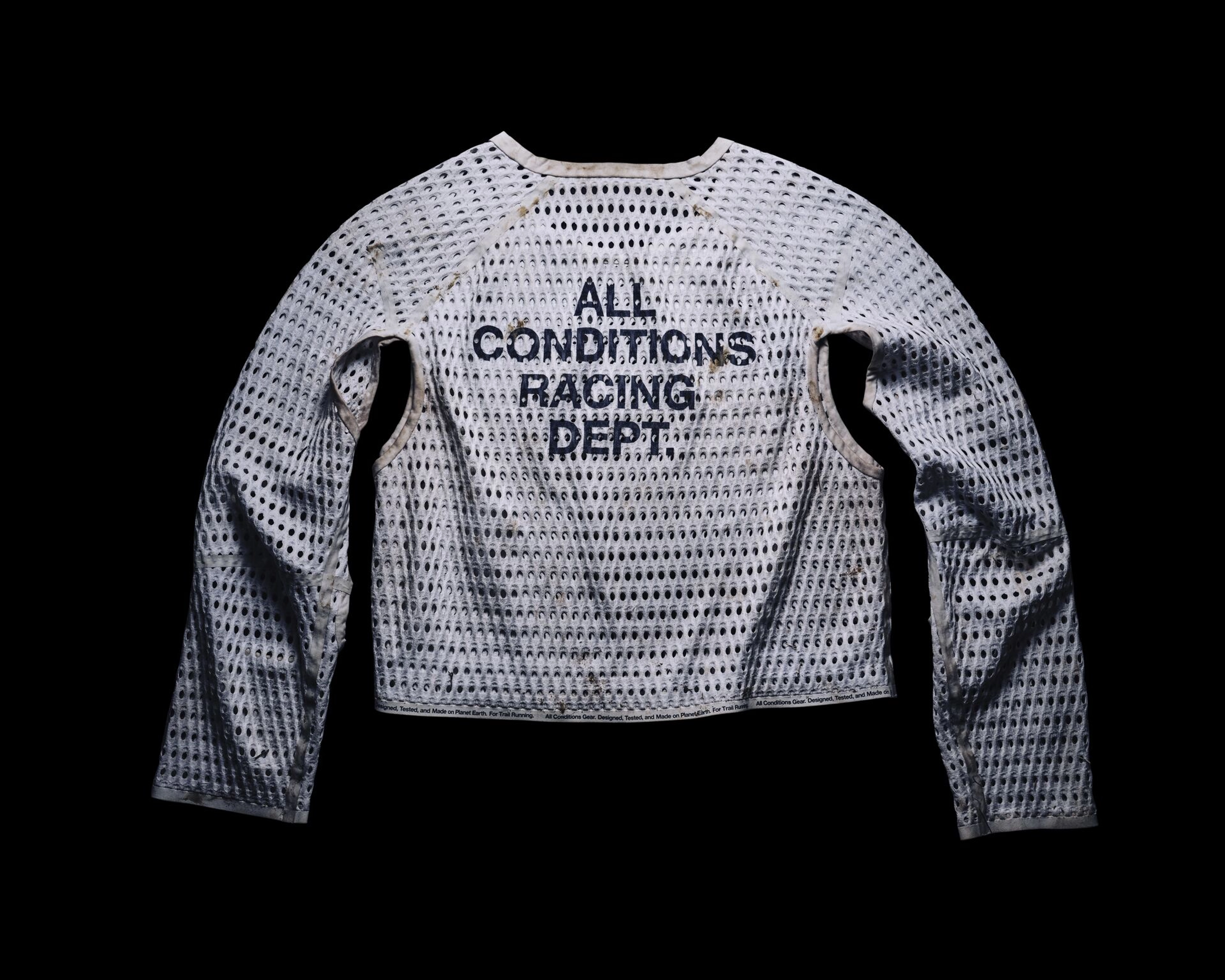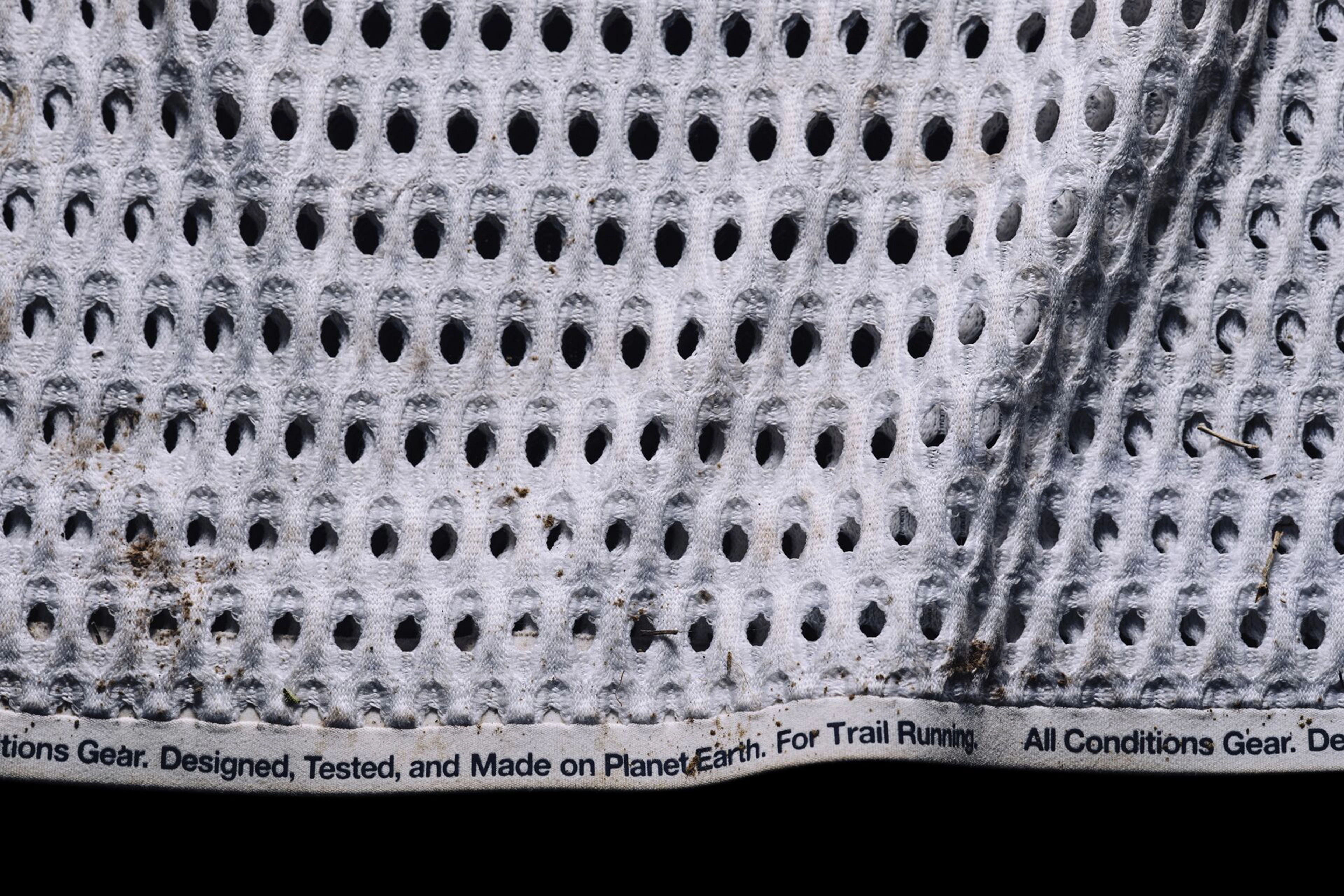Nike Radical AirFlow Debuts a New Era of Breathable Apparel
- August 24, 2025
For almost 50 years, Nike’s made magic by taking the most basic of elements — air — and optimizing it to help athletes perform at their peak. Now, the company’s hit a new milestone in innovation, this time in materials: Nike Radical AirFlow, debuted in this summer’s trail running season. Building on its rich legacy in performance apparel, Nike scientists, designers and developers asked how they could create apparel that harnesses air around a runner in motion to help keep them cool.
Trail running is one of the most extreme sports in which to test the efficacy of performance apparel. The tests of the sport are nearly unclassifiable. Trail running races can span one-kilometer vertical climbs to multi-day staged events across inhospitable conditions. Case in point: the iconic 100-mile race based in California’s Sierra Nevadas frequently reaches temperatures over 100 degrees Fahrenheit, while runners are surmounting altitude changes of more than 18,000 feet of elevation gain and 23,000 feet of elevation loss in the race. High heat and humidity not only hinder an athlete’s performance, but raise the risk of injury or even illness.
Trail athletes are familiar with this arena of extremes, and to keep a competitive edge, they’ve developed their own hacks to stay cool. Draping ice-cold towels across their necks. Lying down in a stream or lake, mid-course, like a child in a backyard pool. Even shedding layers along the course.
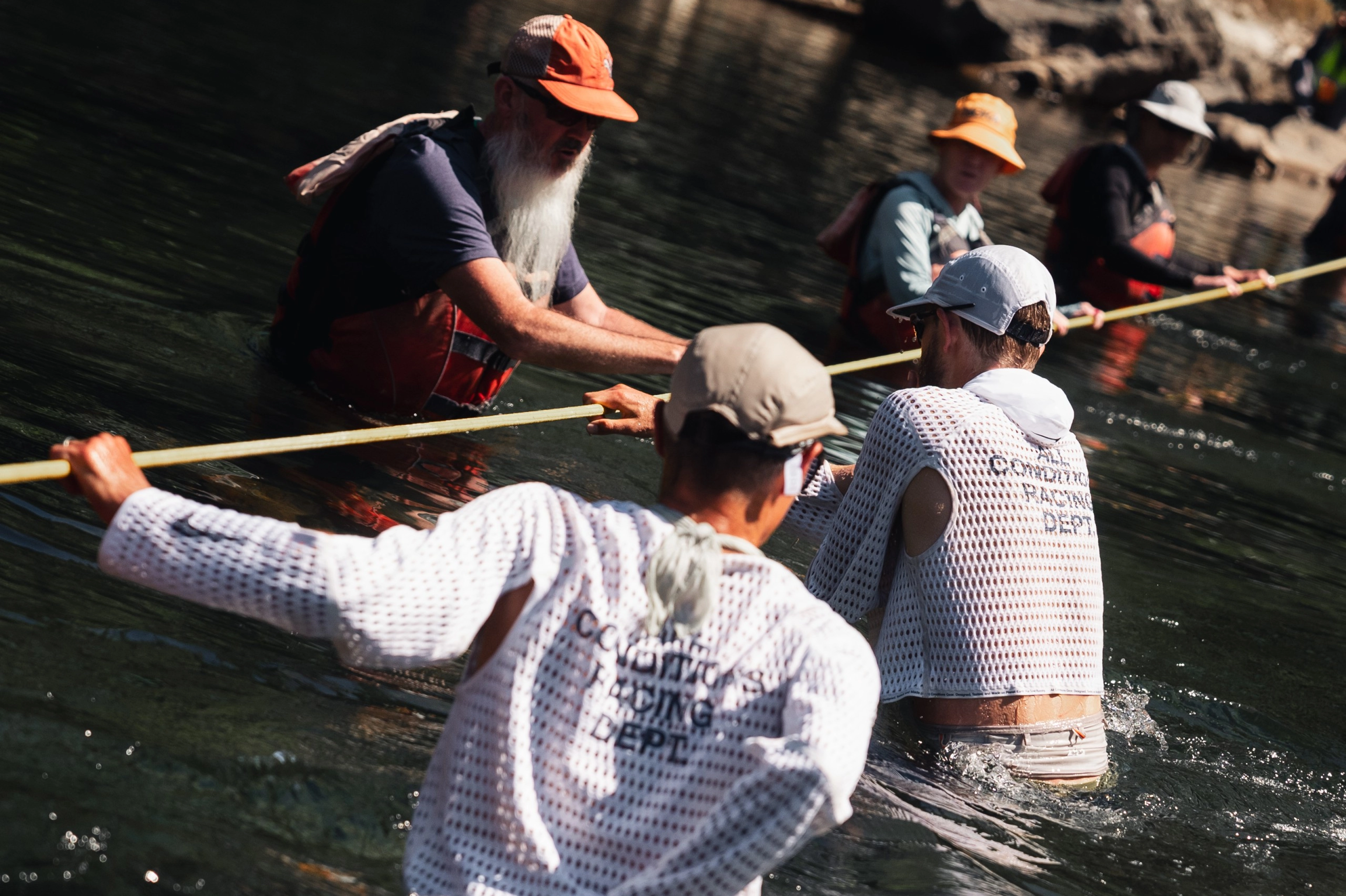
On the trail, athletes need apparel that works as hard as they do, even as temperatures climb, hours turn into days, and earth gives way to water.
But what if the make of the apparel itself could be part of the solution? Cross-disciplinary teams at Nike, many of whom are trail runners themselves, explored the question, setting out to create garments that could help the body maximize its natural cooling mechanisms.
“An athlete’s sweat evaporation plays a significant role in helping cool the body,” says Jahan Behbahany, Senior Director, Nike Apparel Innovation. “We were interested in a material that could accelerate the velocity of airflow to skin and help speed up that evaporative cooling process. We knew we had the people, the tools and the resources to develop it.”
“We were interested in a material that could accelerate the velocity of airflow to the skin and help speed up that evaporative cooling process. We knew we had the people, the tools and the resources to develop it.”
Jahan Behbahany, Sr. Dir., Nike Apparel Innovation
The solution would be far from Nike’s first success in maximizing airflow for athletes. The company’s intensive study of the aerodynamics of pacing helped lead to two of the most influential running record attempts of the last decade: Eliud Kipchoge’s historic marathon quests in 2017 and 2019, and Faith Kipyegon’s inspiring attempt to run a four-minute mile. In performance apparel, Nike athletes and coaches have iterated on all-over mesh materials to promote airflow in hot conditions, from Nike Stand-Off to Nike Dri-Fit. Nike scientists, designers and developers carry deep knowledge of how apparel can be the great separator for athletes reaching their potential. Understanding the extreme conditions in which trail athletes compete, they knew they needed to find a new solution to help promote airflow against the body.
After re-thinking traditional mesh and ventilation options, the team hypothesized that engineered airducts throughout the garment could capture air, speed it up and funnel it through the garment’s holes toward the skin. As the athlete runs forward, the material would accelerate the velocity of the airflow to the skin and help promote evaporative cooling. In other words, speed up your body’s natural sweat evaporation.
Nike’s cross-disciplinary teams were focused on creating a breathable material that would allow for ideal construction of the airducts while ensuring maximum comfort and minimal distractions. The teams were inspired by the Bernoulli Principle of fluid dynamics, specifically the Venturi Effect — When a fluid flows through a constricted section of pipe, it sees an increase in velocity and a drop in pressure. Every element from material selection to the engineered knit construction was considered, studied and tested to promote and increase airflow to the skin.
The new material is an engineered knit with hydrophilic chemistry to help manage moisture and enhance the sensation of airflow. The airducts accelerate airflow from the front of the material towards the skin. Nike researchers discovered that placing a series of “dimples” on the back side of the garment (skin-facing side) to complement each airduct improved the duration of the circulation at the skin level.
“We tried all kinds of airduct configurations, sizes and zonal placements throughout the testing and development,” says Behbahany. “We found that a funnel-shaped construction of larger to smaller gradient holes, uniformly placed, would best ‘funnel’ and accelerate air to the skin.”
When considering the garment in which to house the material, the team chose a long-sleeve top to cover as much of the body’s surface area as possible, and promote as much airflow as possible across the body. To help ensure comfort while runners spent hours on the trail, designers left large cut-outs under the arms to offer mobility and reduce weight, with construction and trims to help reduce chafing in high-friction and high-sweat areas.
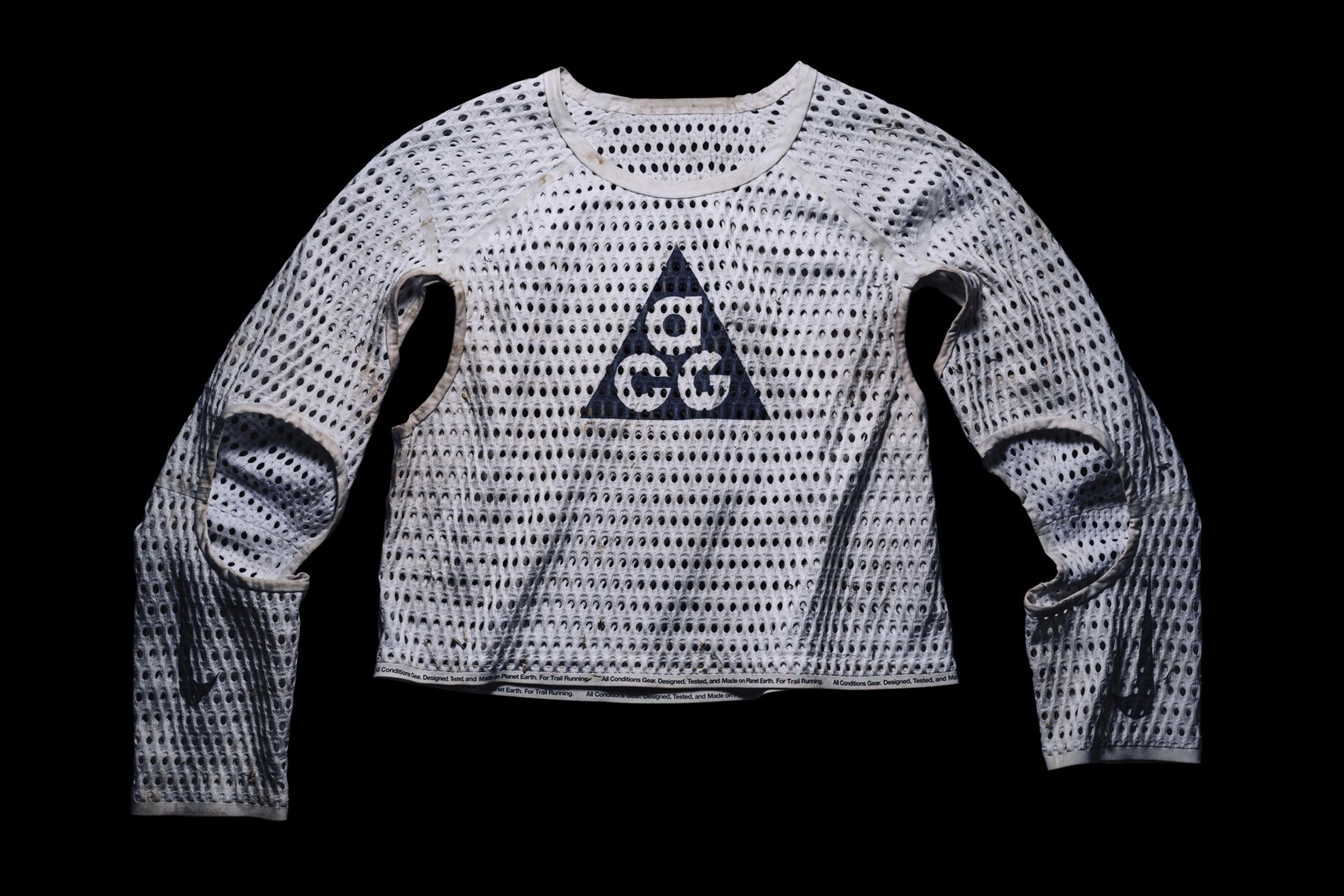
An all-new long sleeve chassis was built to maximize the benefits of the new Radical AirFlow material. The racing top, roomy and spacious, allows for more direct air flow to the skin underneath.
The teams were committed to testing the new material rigorously over two years, both in the field and in controlled research settings. They brought prototypes to Northern California for All Conditions Racing Department athletes to put through the region’s extreme conditions and give their feedback. The runners were floored by how cool and breathable the garment was, telling the teams that it gave a cool, breezy sensation against their skin unlike any top they’d ever worn. Back at the Nike Sport Research Lab (NSRL) at Nike World Headquarters, Nike used its in-house climate chambers to observe how the material performed in controlled, yet grueling settings. All Conditions Racing Department athletes would filter through the NSRL to test out the prototypes. The parameters for testing simulated the kinds of dramatic temperature climbs that trail runners face at notoriously hot races.
In the NSRL, athletes tested lightweight DriFit and Radical AirFlow garments in environmental climate chamber simulations to assess how Radical AirFlow compared against Nike’s tried and true material technology. From these tests, Nike scientists learned that when compared to DriFit, Radical AirFlow prototypes absorbed and retained 50% less sweat after prolonged running in the heat. Additional testing on thermal manikins showed that the prototypes were substantially more breathable and 25% less resistant to the evaporation of sweat, when compared to DriFit.
"When I first saw the product, it was like nothing I had ever seen before."
Drew Holmen, trail runner and ACRD athlete
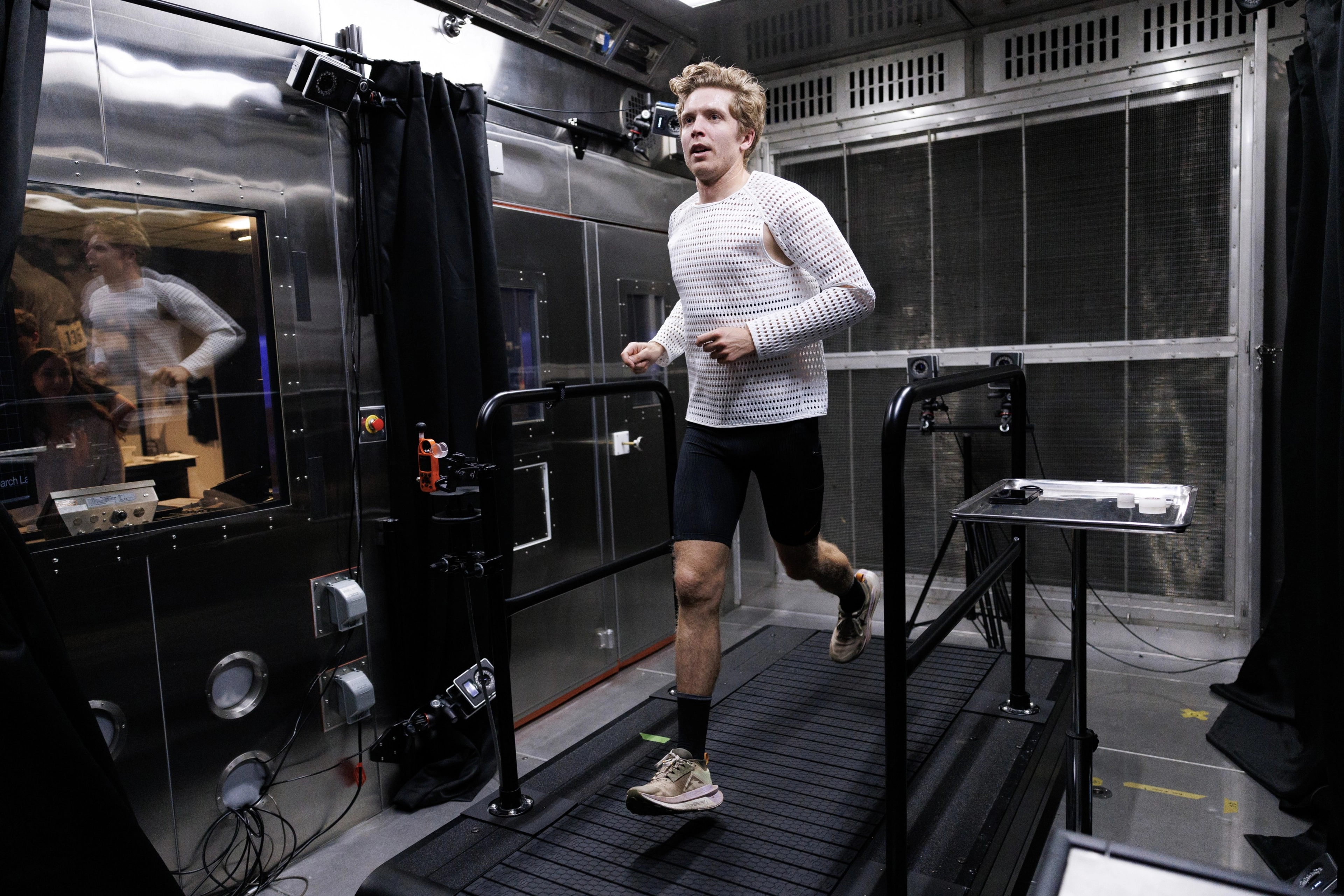
"I was shocked by the cool breeze I felt across my body," says Holmen, who wore his prototype while winning the 2025 Lavaredo Ultra Trail 80. Above, Holmen tests in the NSRL climate chambers.
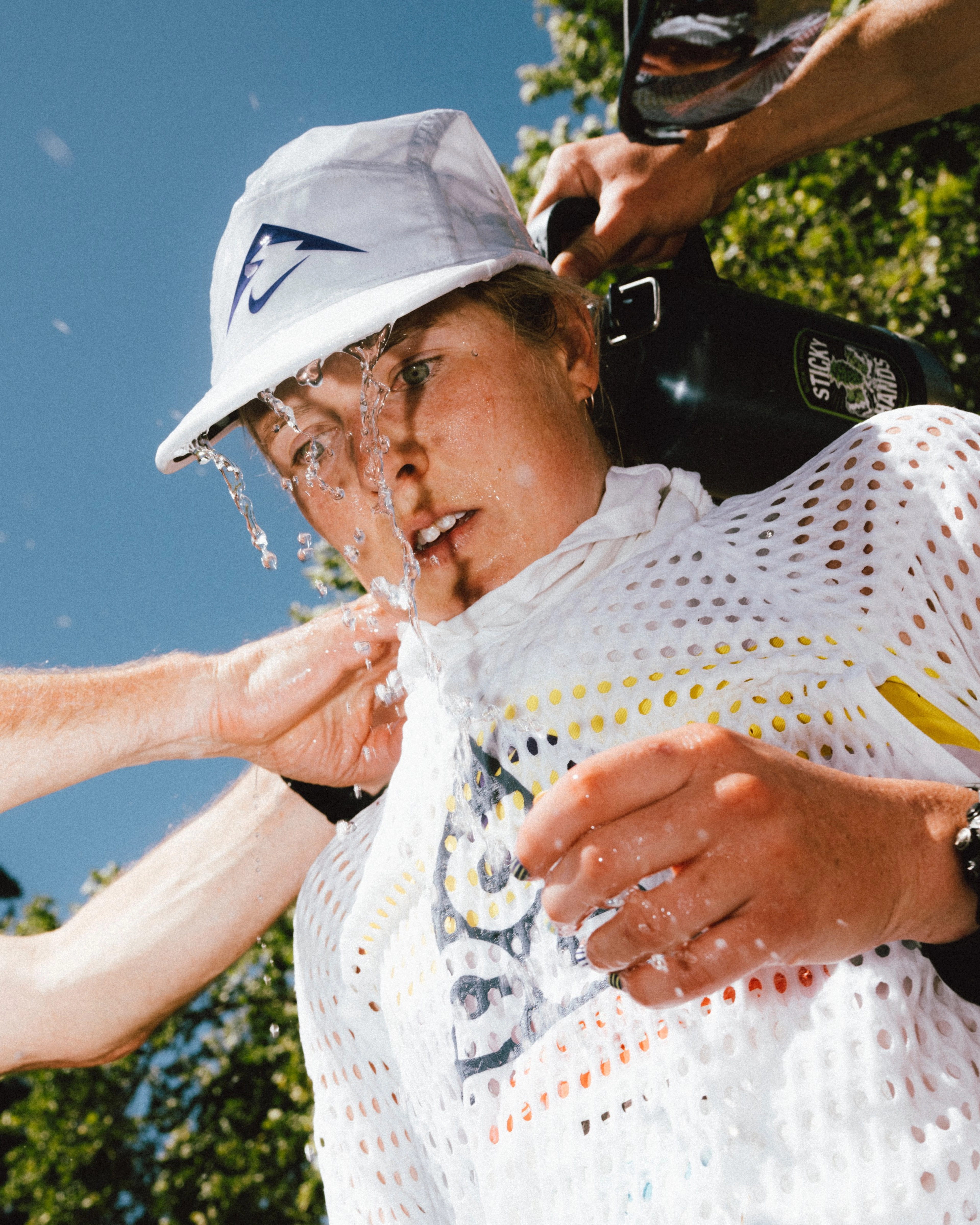
Erin Clark, trail runner and ACRD athlete, shown here wearing her prototype at 2025 Western States.
“Wearing it is like stepping into a fridge.”
Caleb Olson, Trail runner and ACRD athlete
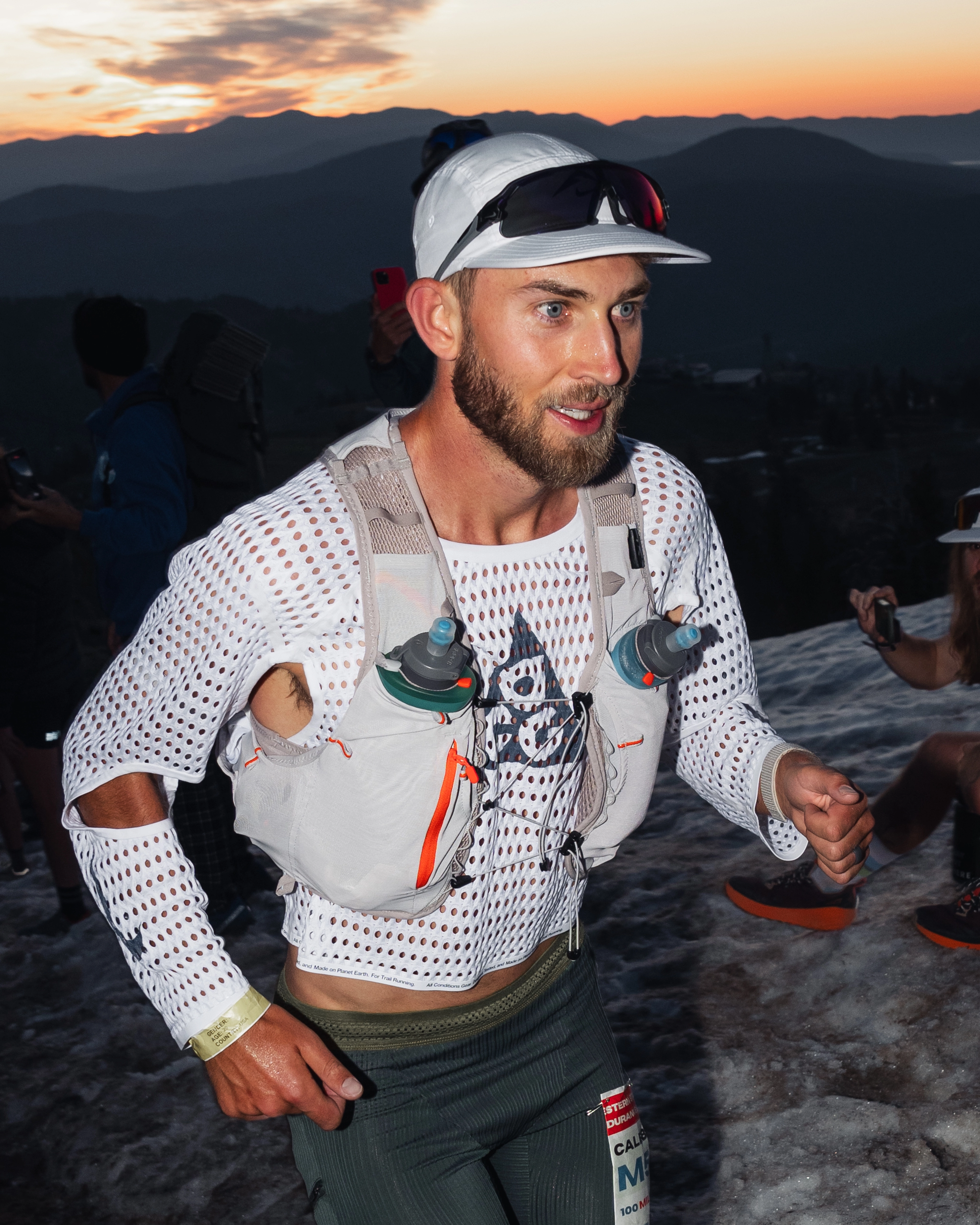
Olson wore his prototype en route to winning the 2025 Western States 100-Mile Endurance Run, clocking the second-fastest course time in the race's history.
As one of the largest field test initiatives in Nike Running history, members of the All Conditions Racing Department will continue to test the prototype throughout the 2025 elite season. Nike designers, for their part, will continue to track feedback from in-race and lab testing to refine the garment as it readies for a 2026 retail launch.
The opportunity to develop materials that harness airflow across the body will only grow more salient as global temperatures rise, and across different sports, not just on the trail. Mastering air, in all its forms, has been a fixture in Nike’s product history since the inception of the first Air Bag. Which makes the future of Radical AirFlow so bright.
“We can’t wait to apply what we’re learning with our ACRD athletes to how we solve athlete problems in other sports,” says Behbahany. “Our investment for finding what’s next in this kind of apparel innovation is unmatched. Between our athletes, our innovators and our resources, we’re finding new cooling solutions for athletes to perform at their best, whatever their sport and wherever they play it.”
